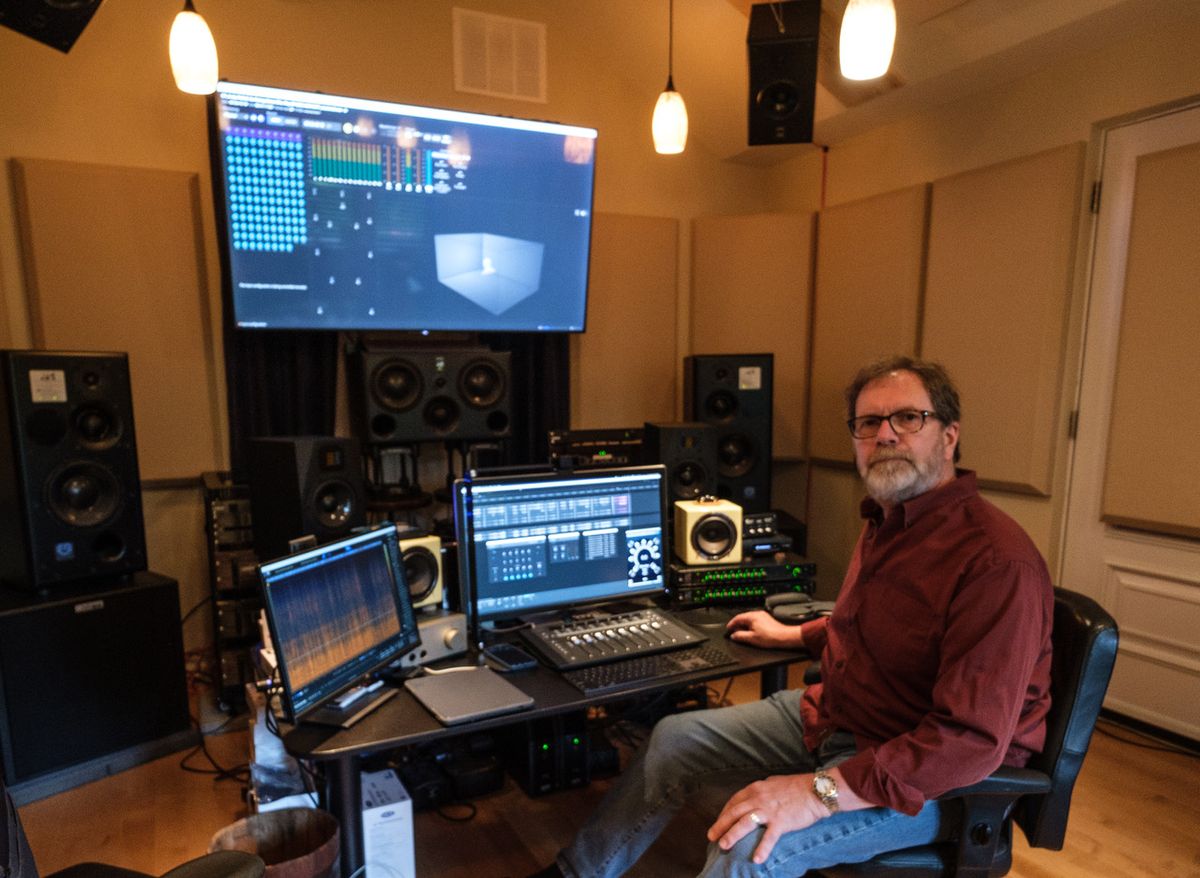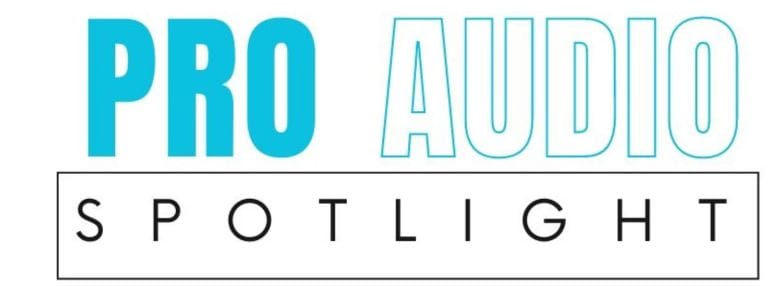Ron Searles

By Manus Hopkins
It’s hard to cover Ron Searle’s extensive career in a single conversation, much less a single page of writing. The CBC Senior Post Production Audio Engineer has worked in many different areas of the music and audio world, recording and mixing, and mastering everything from jingles to film scores. Like so many of us, Searles grew up surrounded by music and got into playing his self when he was young. Everyone his age was learning guitar in high school, and Searles himself found an interest in recording.
“I got a used Robert's 997 semiprofessional portable tape recorder for my birthday when I turned about 14, I think,” he tells Professional Sound. “And then I started using that for recording guitar, and then eventually for recording various projects at school, including occasionally taping the high school orchestra.”
Sometime after graduating from Fanshawe College in Toronto, Searles found himself using his connections in the Toronto scene to land live sound gigs, playing in a band, and taking occasional recording work. Eventually, Searles was offered an interview at Manta Sound, to which he showed up in a suit. He was told that he would start the following Monday, and also not to come dressed like that again.
“I worked at Manta as an assistant engineer and eventually worked my way up into engineering, starting on demo projects and album projects,” Searles recalls. “I did a lot of stuff with bands that were assigned to Duke Street Records, which was part of the Manta umbrella of companies. And that was great experience for me.”
Searles also started working on scores in those days, which is how he first became professionally acquainted with CBC, working on some of the company’s productions. Due to content regulation changes in the industry, lots of Searles’ work at Manta started to dwindle, and Manta ended up merging with Eastern Sound. Searles got the idea to throw his hat in the ring at CBC, who had recently opened a huge broadcast centre in Toronto, and got offered a job.
“My primary role was going to be recording and mixing music for television,” he explains. “I thought, ‘Okay, I'll hang on here for a couple of years, and then I'll see what else is out there and move on.’ And 28-and-a-half years later, I'm still there.”
Taking all his career happenings into account, Searles says working on film scores is the most exciting work he does. There are a few he considers personal milestones, one of which was the 1990 IMAX film Blue Planet.
“Paul Massey, whose name anybody involved with audio post production and films will recognize because he's won so many Grammy Awards for Best Sound, was a recording engineer to get the initial sounds, and then I continued recording for a few more days,” Searles says. [Massey] was super busy by then; he had come up originally from England but had worked in Toronto for a number of years and then ended up getting hired in LA. So, he managed to pry himself loose for enough time to come up and do the initial recording sessions. And then I continued on those sessions after him to complete the recording and then he came in for the first day of mixing and then I took over the remainder of the mixing with him.”
More recently, in 2016, Searles began construction on a proper mixing and mastering studio for Red Maple Sound.
“I was always interested in immersive audio, having done so much film score mixing in it, and the initial plan was for a 5.1 surround playback system,” he says. “I had also been doing a lot of work over the years with renowned classical producer Dan Mercurio (2022 Grammy winner for Best Immersive Recording). In the fall of 2017, I attended the AES convention in NYC. Dan Mercurio’s recording engineer from Sono Luminus (Daniel Shores) was doing a big Immersive Audio presentation along with multiple Grammy nominated (and since then winner) Morten Lindberg. I met them both and we chatted a lot about immersive audio. I was hooked and decided to go all-in for immersive, including height channels, in my studio, which was still under construction. I was not committed to either AURO-3D or Dolby Atmos at that point. A couple of years later, Dolby Atmos became the most viable option when Tidal Music and Amazon Prime Music began streaming it. Not long after that, Apple also committed to Dolby Atmos, and we were off and running.”
Red Maple Sound is a full 9.1.4 immersive monitoring environment with all ATC monitors and 3 x 18” 700 watt RMS subwoofers, all built by Bag End for Subwoofer Pro. The system is driven with about 8000 watts rms, which Searles says offers “super clean audio with lots of headroom.”
Searles has a number of projects released and soon to be released in full Dolby Atmos, with artists like Mike Herriott, Ofra Harnoy, Eybler Quartet, Julia Wedman and Andy McNeill.
Searles has his next several projects with CBC lined up, including a new season of The Fifth Estate, and various projects coming in separate from CBC, including his tenth or twelfth project with Eybler Quartet at the end of August.
“They're phenomenal people to work with,” Searles says of Eybler Quartet. “So, I really look forward to that.”
Outside of work and putting the finishing touches on his Dolby Atmos studio, Searles can be seen trying to get some fresh air sailing or camping.
“I'll be sailing out of Washington this summer,” he says. “And so, I've been out for a couple of sails so far this year. Their season starts later than it does in Toronto. And of course, it's difficult to get weekends free enough to go up and back.”
Manus Hopkins is a free lance writer based in Toronto.
He can be reached at manus.hopkins@torontomu.ca
